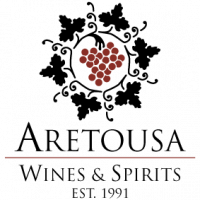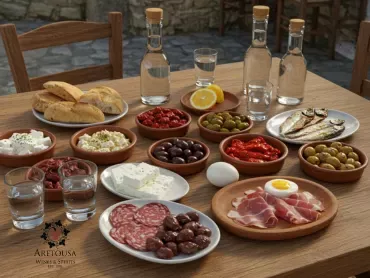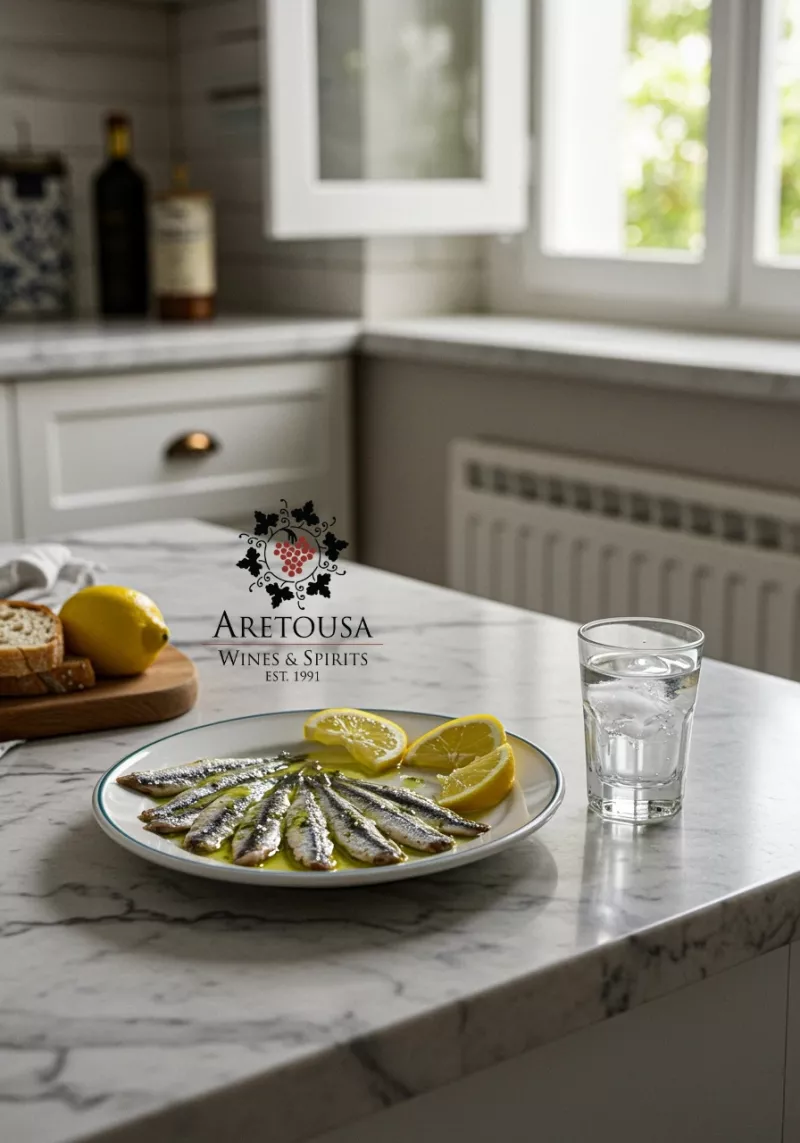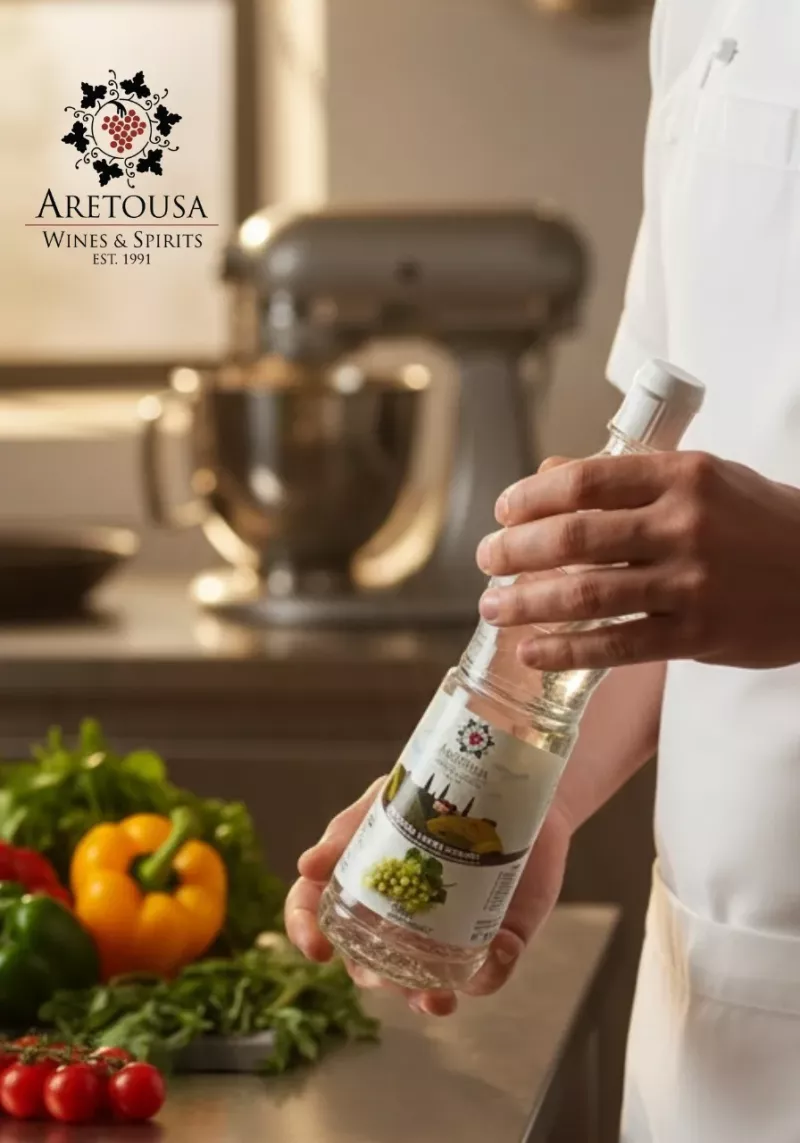Why Do We Decant Wine?
Δευτέρα 30 Νοεμβρίου 2020
1. What Is Wine Decanting?
Decanting is the process of gently transferring wine from its bottle into another container (usually a decanter), mainly to:
-
Separate the wine from sediments
-
Allow oxygen to interact with the wine (“let it breathe”) and enhance its aromatic expression
2. Which Wines Should Be Decanted?
That depends on the type and age of the wine:
➤ Older red wines
Often contain sediment, especially if unfiltered or aged for over 8–10 years. Decanting removes the sediment and allows the wine to be served clear and smooth.
➤ Younger red wines
Decanting can help soften tannins and open up the nose. Bold, structured reds can benefit greatly from a bit of air.
➤ White or rosé wines?
Less common, but possible. Some aged or tightly closed whites may benefit from a short decanting to release subtle aromas.
3. When Should You Decant?
-
Older reds: Decant 15–30 minutes before serving.
-
Younger reds: Anywhere from 30 minutes to 2 hours, depending on the intensity.
-
Whites: If necessary, 10–15 minutes will do.
Not sure? Try pouring a small glass and letting it sit for 10 minutes—if the wine improves, it may be a good candidate for decanting.
⚠️ 4. How to Decant Properly
-
Stand the bottle upright for a few hours (if it’s older), allowing sediment to settle.
-
Use a candle or flashlight behind the bottle to monitor for sediment as you pour.
-
Pour slowly and steadily into the decanter, stopping when you see sediment reach the neck of the bottle.
5. Does Every Wine Need Decanting?
Not at all. Some delicate aged wines can fall apart quickly when overexposed to air. Others, like young fresh whites, don’t benefit much.
The best tools are your palate and nose. If a wine feels closed or harsh, a little air can go a long way.
Final Thoughts
Decanting isn’t just for expensive or rare wines. It’s a simple way to serve any wine at its best—clean, expressive, and alive.







